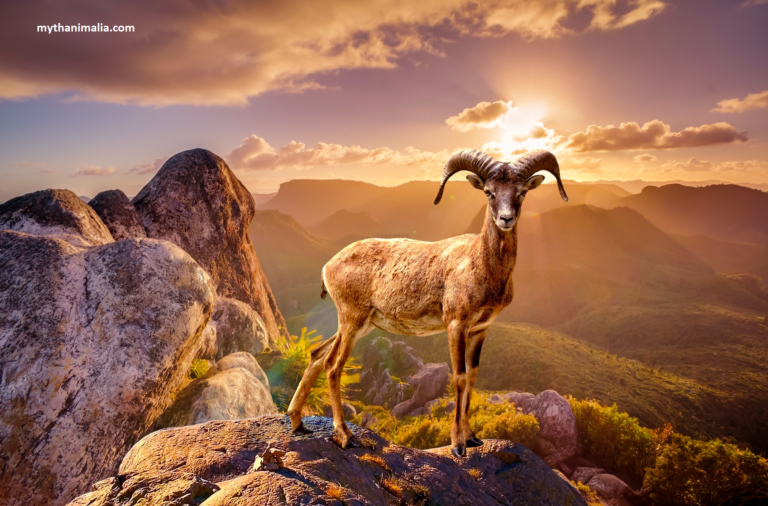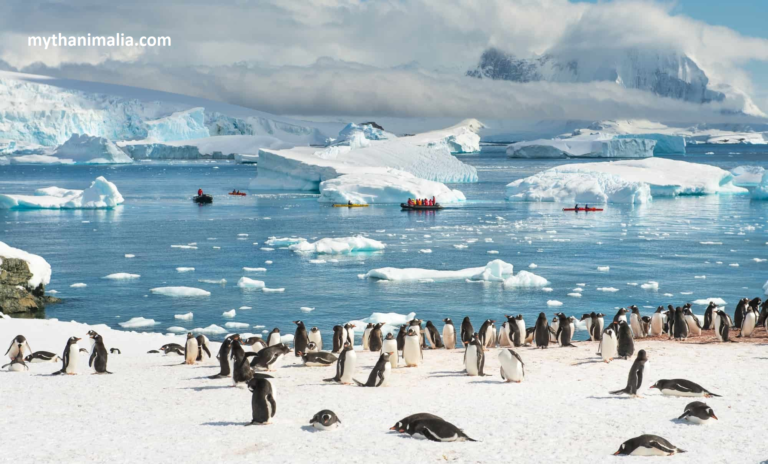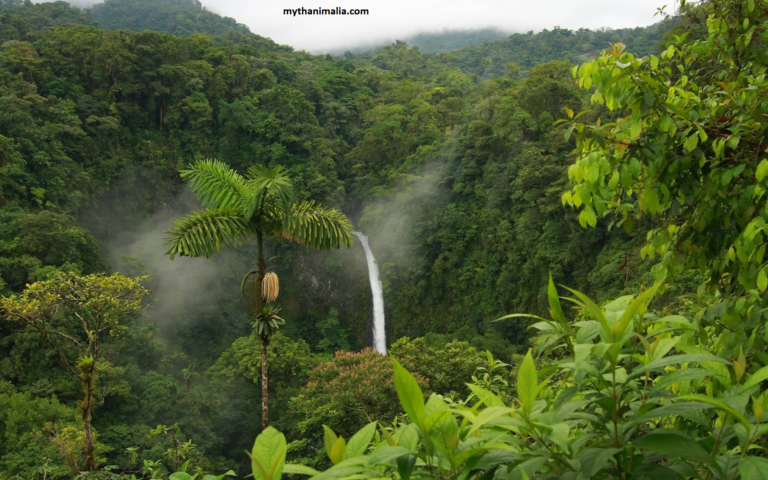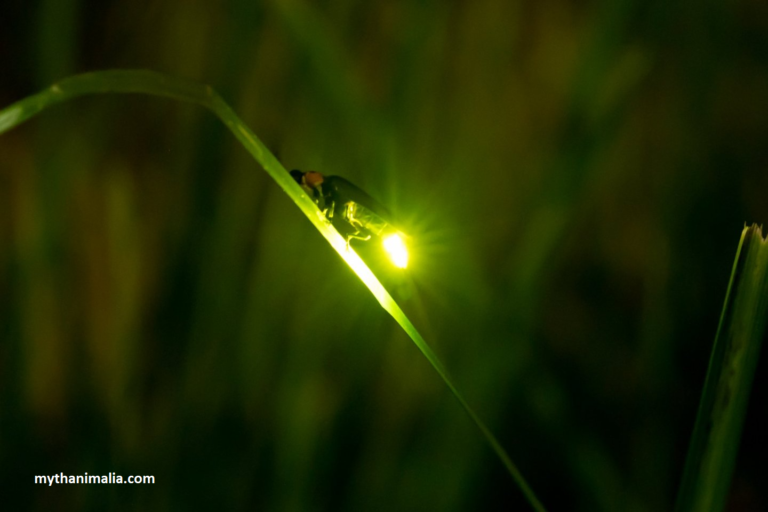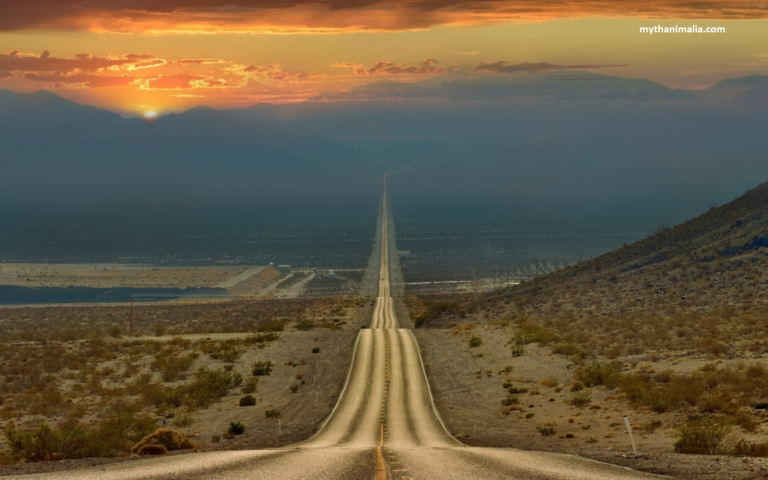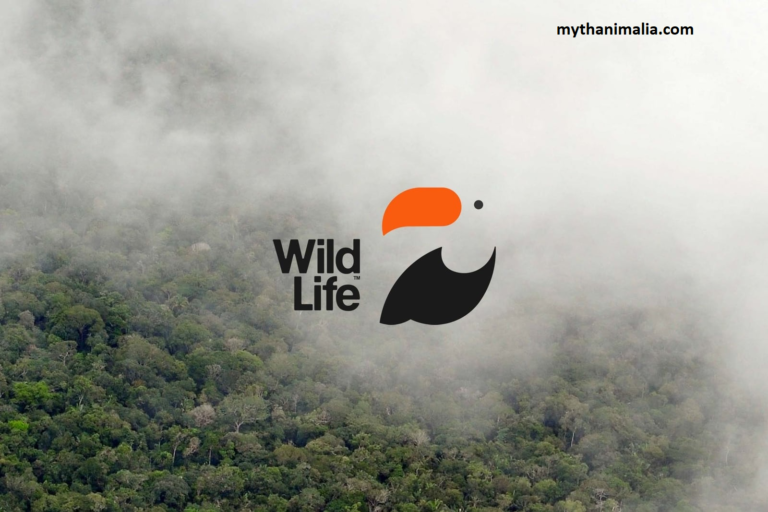Wildlife Animals in Space
“Wildlife Animals in Space” Space exploration has long been a subject of fascination for humans, but what about the other inhabitants of our planet? Animals have played a crucial role in space exploration since its inception. From fruit flies to dogs and monkeys, various creatures have ventured beyond Earth’s atmosphere, paving the way for human spaceflight.
History of Animals in Space Exploration
Early Experiments
The journey of animals into space began with small, unmanned missions conducted by various nations during the mid-20th century. These experiments aimed to understand the effects of space travel on living organisms and test spaceflight’s safety.
Laika, the First Cosmonaut Dog
One of the most famous animal astronauts is Laika, a stray dog from Moscow who became the first living being to orbit the Earth aboard Sputnik 2 in 1957. Laika’s mission provided valuable data on the biological effects of space travel, although her survival was not intended.
Other Animal Astronauts
Following Laika’s historic flight, numerous animals, including monkeys, mice, and even insects, were sent into space by various space agencies. These missions contributed to our understanding of the challenges and risks associated with space travel.
Scientific Purposes of Sending Animals to Space
Biological Research
Animals have been instrumental in advancing our knowledge of space biology. Studies on the effects of microgravity, radiation, and confinement have provided valuable insights into how space travel impacts living organisms at the cellular and molecular levels.
Behavioral Studies
Observing animals’ behavior in space has helped scientists understand how organisms adapt to the unique conditions of spaceflight. From changes in feeding and grooming habits to alterations in social interactions, these studies shed light on the psychological challenges of long-duration space missions.
Ethical Considerations
Animal Welfare Concerns
Using animals in space research raises ethical questions regarding their treatment and welfare. Critics argue that subjecting animals to the rigors of space travel is inherently cruel and unnecessary, especially given the availability of alternative research methods.
Alternatives to Animal Testing
Advancements in technology, such as computer modeling and tissue engineering, offer promising alternatives to traditional animal testing. By simulating biological processes in vitro, scientists can reduce reliance on animal experimentation while obtaining valuable data.
Notable Animal Astronauts
Laika
As the first living being to orbit the Earth, Laika’s legacy continues to inspire curiosity and debate. Although her mission ended tragically, Laika’s sacrifice paved the way for future human spaceflight endeavors.
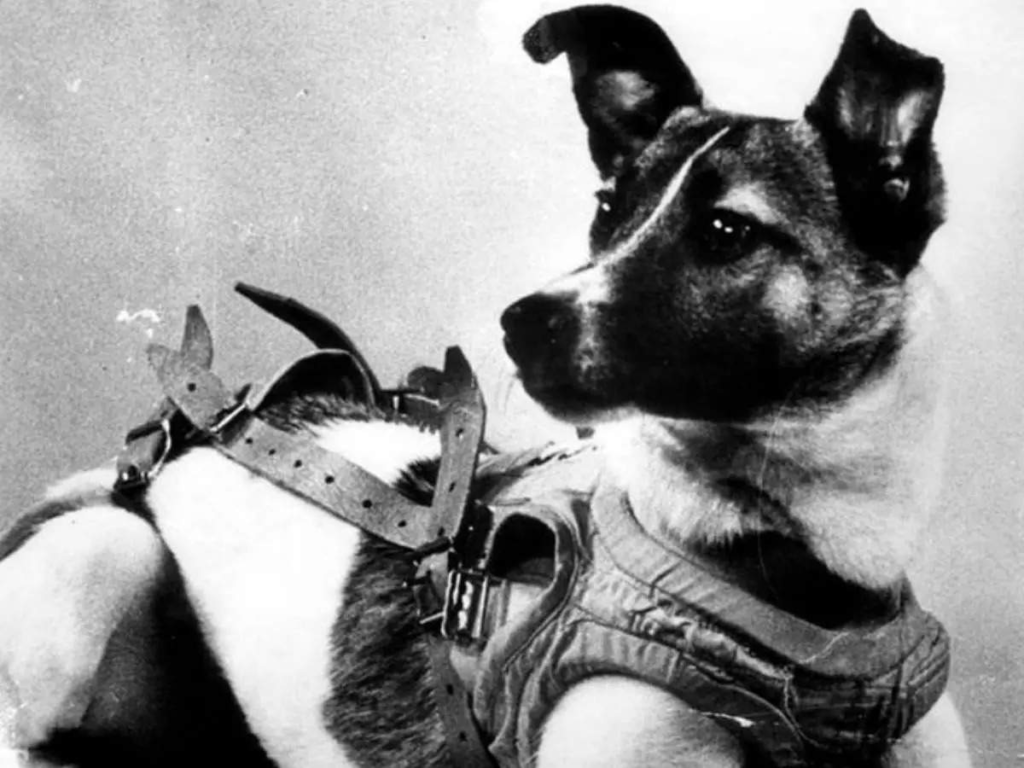
Ham the Chimp
Ham, a chimpanzee trained by NASA, made history in 1961 as the first primate to be launched into space and safely returned to Earth. His successful mission demonstrated the feasibility of human spaceflight and contributed to the development of spacecraft systems.
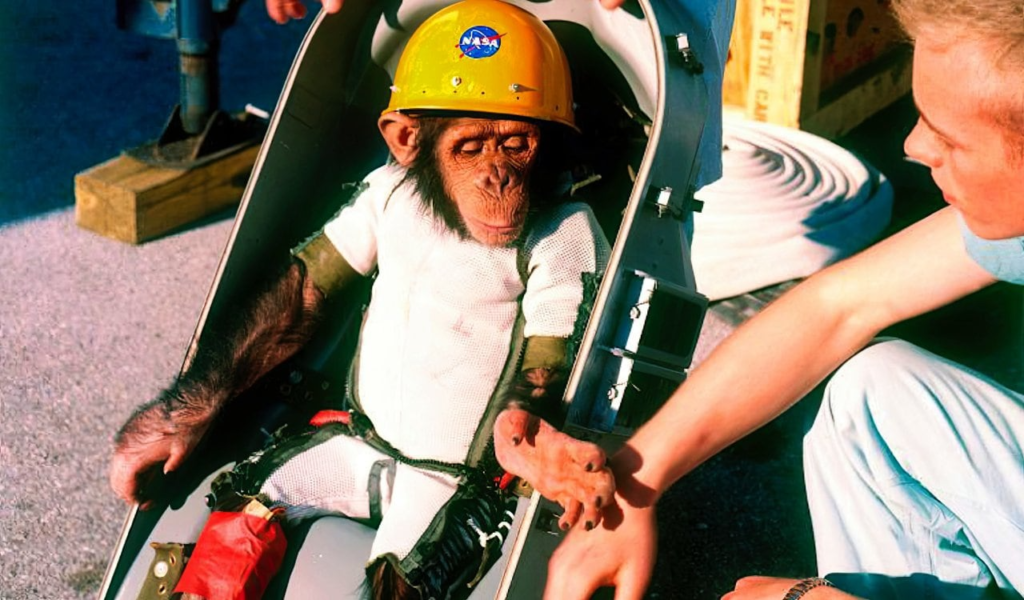
Belka and Strelka
In 1960, Soviet cosmonauts Belka and Strelka became the first animals to orbit the Earth and return safely. Along with a few mice, rats, and plants, they spent a day in space aboard Sputnik 5, paving the way for manned space missions.
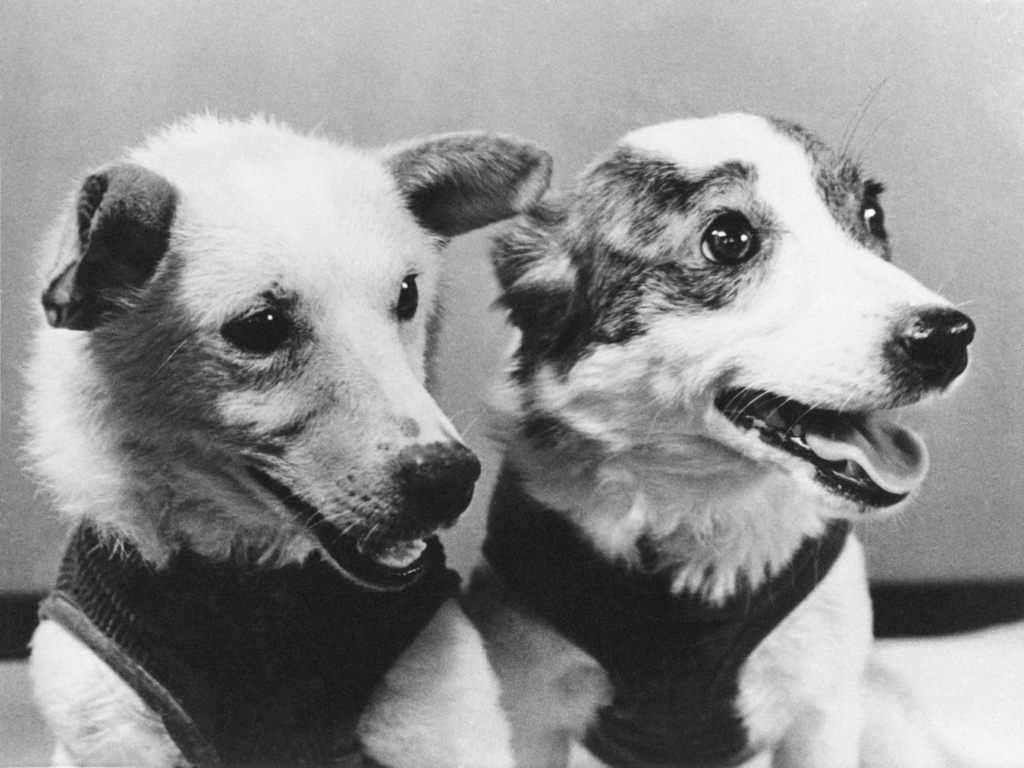
Impact of Space Travel on Animals
Physiological Effects
Space travel poses numerous physiological challenges for animals, including exposure to radiation, changes in gravity, and confinement in spacecraft. These stressors can affect cardiovascular function, bone density, and immune response, leading to potential health issues.
Psychological Effects
In addition to physiological changes, animals experience psychological stressors during spaceflight, such as isolation, confinement, and sensory deprivation. Understanding the psychological well-being of animal astronauts is crucial for ensuring their welfare and the success of future missions.
Future Prospects and Trends
Advances in Technology
As technology continues to evolve, so too do the tools and methods available for studying animals in space. Miniaturized sensors, advanced imaging techniques, and robotic assistants enable scientists to monitor and care for animal astronauts more effectively than ever before.
Robotics and AI in Space Exploration
The rise of robotics and artificial intelligence promises to revolutionize space exploration by reducing the need for living organisms in scientific experiments. Autonomous rovers and drones can collect data in harsh environments, freeing animals from the risks associated with space travel.
Conclusion
The history of wildlife and animals in space is a testament to humanity’s curiosity and ingenuity. From humble beginnings to bold endeavors, these intrepid explorers have helped pave the way for human spaceflight while expanding our understanding of the cosmos. As we continue to push the boundaries of space exploration, let us not forget the valuable contributions of our animal companions.
FAQs About Wildlife Animals in Space
Q1- Are animals still used in space research today?
A1- While the use of animals in space research has decreased in recent years, they are still occasionally used for specific experiments, particularly in biological and behavioral studies.
Q2- How do animals adapt to the conditions of spaceflight?
A2- Animals adapt to microgravity and other challenges of space travel through a combination of physiological changes and behavioral adjustments.
Q3- What happens to animals after they return from space?
A3- Depending on the mission, animals may be euthanized for post-flight analysis or allowed to live out their lives in retirement.
Q4- What are the ethical considerations surrounding animal experimentation in space?
A4- Ethical concerns include ensuring the welfare of animal subjects, minimizing suffering, and exploring alternative research methods.
Q5- What role do animals play in preparing for human space missions?
A5- Animals serve as biological models for studying the effects of space travel on living organisms, providing valuable data to inform human spaceflight programs.

